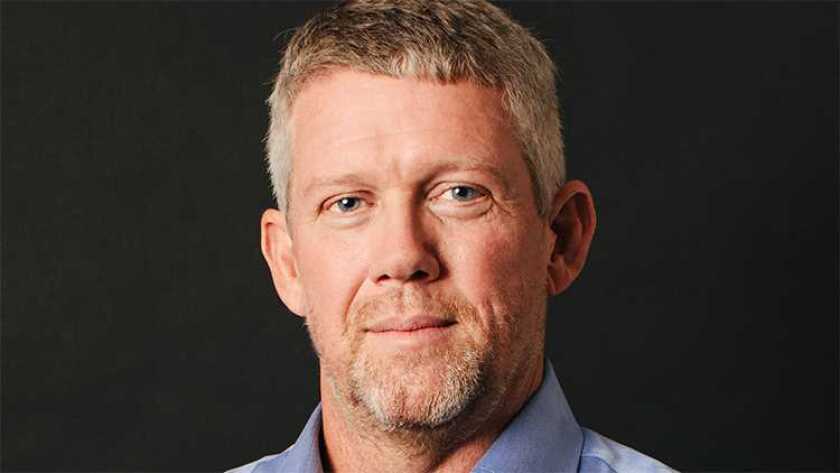One of the investors is the Australian state of Victoria, via its R&D agency, Breakthrough Victoria. That is linked with the establishment of a quantum technology centre at Melbourne’s Swinburne University of Technology.
ColdQuanta CEO Scott Faris (pictured) said: “The quantum ecosystem is experiencing a global wave of innovation, having our market leadership recognized by investors around the world validates our unique approach.”
Galvin, who led Motorola in 1997-2004, when it was losing a huge investment in the Iridium satellite network, said: “ColdQuanta’s core technology has a wide range of applications on the quantum technology spectrum. They’re not just tackling quantum computing, they’re also advancing quantum technology in developing the next generation of atomic clocks and radio frequency (RF) technologies, which provide significant advantages over classic antenna-based receivers.”
He described quantum RF sensors as “a transformational technology in communications, and ColdQuanta is leading the way”.
Other investors in this Series B round are Lennox Capital Partners, via its LCP Quantum fund, In-Q-Tel, formerly Peleus and In-Q-It, which describes itself as a not-for-profit venture capital firm, based just outside Washington DC, that is backed by the Central Intelligence Agency (CIA). Dawn Meyerriecks, former CIA deputy director for science and technology (S&T), is a ColdQuanta board member.
“There was strong participation from existing investors, including Foundry Group, Global Frontier Investments, and Maverick Ventures,” said ColdQuanta.
ColdQuanta said it has experienced rapid growth over the last several years. It was founded at the University of Colorado at Boulder and then funded when Dan Caruso, founder of Zayo, was executive chairman and acting CEO.
Faris said: “Customers are already adopting ColdQuanta for quantum RF sensors, quantum atomic clocks, and quantum software. These are critical building blocks of the quantum industry that will drive a significant impact on society today while we work towards the massive gains quantum computing will bring in the future.”






